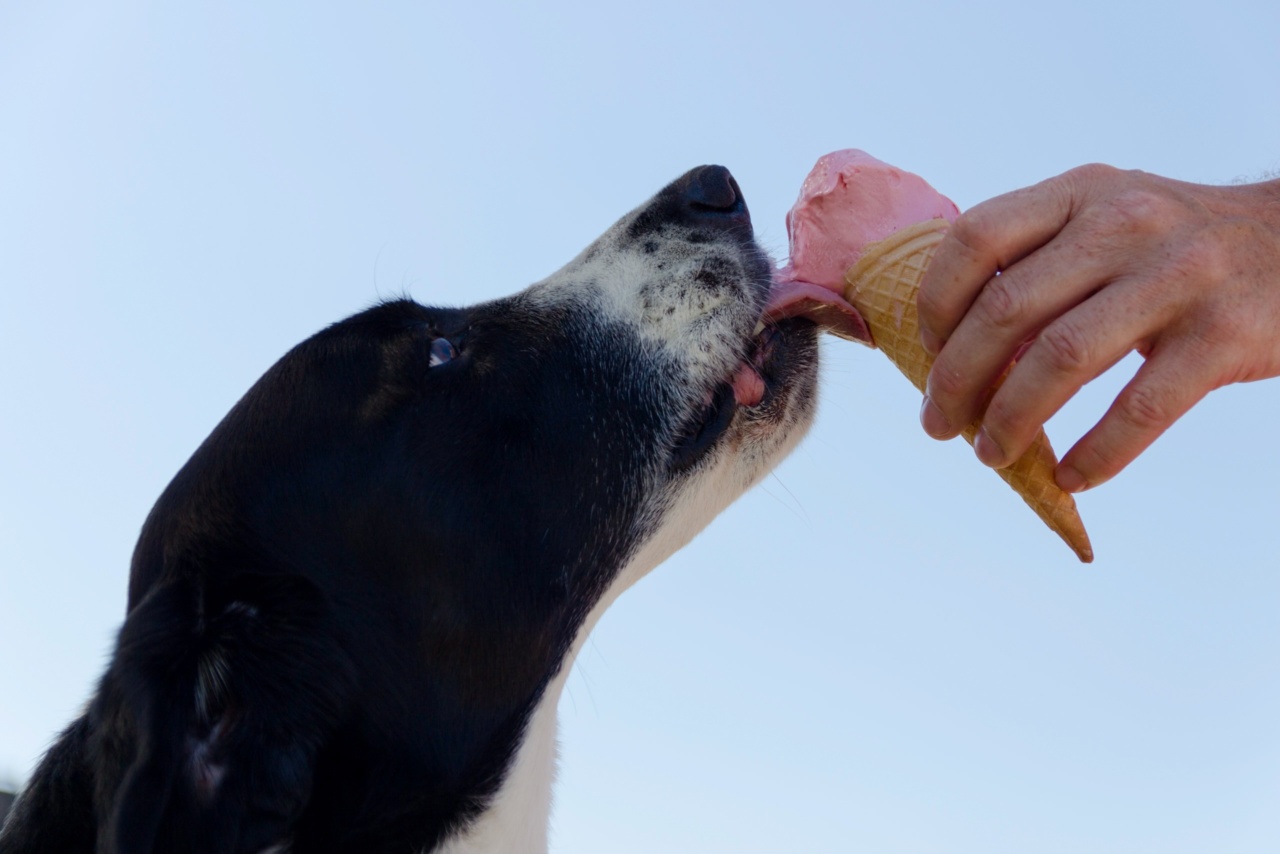Many dog owners struggle with their pet’s eating habits.
Whether it’s gobbling down food too quickly, begging for table scraps, or even eating non-edible items, these eating habits can be both frustrating and potentially dangerous for your furry friend. In this ultimate guide, we will explore various techniques and strategies to help you put a stop to your dog’s eating habits and promote healthier eating behavior.
Understanding the Reasons Behind Your Dog’s Eating Habits
Before diving into solutions, it’s essential to understand why your dog developed these eating habits in the first place. Dogs may engage in such behaviors due to various reasons, including:.
1. Lack of Satiety
If your dog quickly finishes its meals and has a constant urge to eat, it might not be feeling satiated. This can result from nutritional deficiencies or poor food quality.
2. Boredom and Lack of Mental Stimulation
Dogs, like humans, can get bored with monotonous routines. If your dog lacks mental stimulation, it may resort to overeating or seeking out novel and inappropriate objects to chew or consume.
3. Past Experiences
Some dogs develop unusual eating habits due to past experiences. For example, if a dog was starved or had to compete for food in its previous environment, it may develop a habit of gorging food quickly or guarding its food resource.
4. Human Reinforcement
Table scraps might be the culprit behind your dog’s begging behavior. If your pet has successfully obtained food from you in the past, it will continue to use begging as a strategy to get more.
Effective Strategies to Curb Your Dog’s Eating Habits
Now that we’ve explored the potential reasons behind your dog’s eating habits, let’s delve into some practical strategies to help you address and resolve these issues:.
1. Establish a Consistent Feeding Schedule
Creating a regular feeding routine helps your dog anticipate meal times, reducing the urge to overeat or scavenge for food. Divide their daily food portions into two to three meals and try to stick to a consistent schedule.
2. Choose High-Quality, Nutrient-Rich Food
Ensure your dog’s diet meets its nutritional needs. A balanced, high-quality dog food provides essential nutrients and satisfies their appetite, promoting satiety.
Consult with your vet to find the most suitable food for your dog’s breed and age.
3. Slow Down Mealtime
If your dog gulps down its food too quickly, it can lead to digestive issues or choking hazards. Consider using specialized slow-feed bowls or interactive puzzle toys designed to slow down eating and encourage mental stimulation.
4. Eliminate Table Scraps
Avoid feeding your dog table scraps or human food. While it may be tempting to give in to their adorable begging eyes, this reinforces their unwanted behavior and can be harmful to their health. Stick to a nutritious and balanced dog diet.
5. Provide Appropriate Chewing Alternatives
Dogs have a natural instinct to chew, and providing them with suitable chew toys can redirect their chewing behaviors away from non-edible items. Choose durable, veterinarian-approved toys that can keep your dog engaged.
6. Utilize Positive Reinforcement Training
Positive reinforcement training can be a powerful tool in modifying your dog’s eating habits. Reward them with praise, treats, or affection when they display desirable behaviors like eating at a moderate pace or ignoring forbidden food.
7. Address Underlying Behavioral Issues
If your dog’s eating habits stem from anxiety, fear, or compulsive behaviors, it is crucial to address these underlying issues.
Consult a professional dog trainer or behaviorist who can help you implement effective strategies to tackle these problems.
8. Create a Safe Environment
Ensure your home environment is safe and free from objects that could be harmful if ingested. Keep trash cans securely closed, store chemicals or toxic substances out of reach, and block access to areas where your dog may be tempted to scavenge.
9. Seek Veterinary Advice
If your dog’s eating habits persist or worsen despite your efforts, consult with your veterinarian. They can conduct a thorough health examination to rule out underlying medical conditions that may contribute to the behavior.
10. Patience and Consistency
Changing your dog’s eating habits requires time and consistency. Be patient and persistent with the chosen strategies, and remember that every dog is unique, so the process may vary.
Conclusion
By understanding the reasons behind your dog’s eating habits and implementing the suggested strategies, you can stop these unwanted behaviors and establish healthier eating patterns for your furry companion.
Remember, consistency, appropriate reinforcement, and a balanced diet are key to success.


























